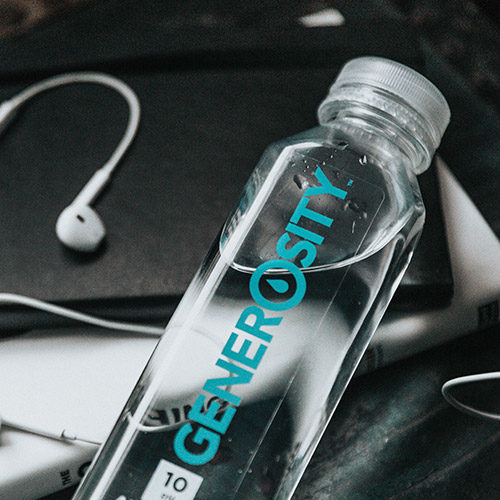We’ve all been there – you look in the refrigerator and grab those leftovers that were hiding in the back, open the container, and take a big whiff. It smells fine, so does that mean that it’s okay to eat? This is just one of many questions that people have in regard to food handling guidelines that are commonly answered incorrectly, and we’re here to bust them for you.
Myth #1: Leftovers are safe to eat until they smell bad.
Fact: While most people would rather not eat food that is spoiled or smells odd, doing so wouldn’t necessarily make them sick. This is because there are different types of bacteria, some of which cause illness in people and others that don’t. In fact, the types of bacteria that do cause illness do not affect the taste, smell, or appearance of food. Because of this, it is best for you to freeze or throw away leftover items within 3-4 days. If you aren’t sure how long the food has been sitting in the refrigerator, don’t take the risk of becoming ill – just toss it!
Myth #2: I use bleach and water to sanitize my countertops and the more bleach I use the more bacteria I kill.
Fact: Using more bleach has no advantages. Actually, the overuse of bleach can do more harm than good because it’s not safe to consume. The recommended sanitizing solution to use is 1 tablespoon of unscented liquid bleach per gallon of water. Cover the countertop with the mixture, allow it to sit for a few minutes, then pat with clean, dry paper towels or allow to air dry. If you have any of the sanitizing mixture leftover, you can store it in a tightly covered container for up to one week. After that point, the bleach will no longer be effective.
Check out our article on Cross-Contact vs. Cross-Contamination
Myth #3: I don’t need to wash my produce if I am going to peel it.
Fact: Whether eating, cutting, or cooking produce, you must always wash the items beforehand under running tap water. Harmful bacteria can be located on the peel of the produce, but while cutting or peeling it, you may be transferring the bacteria to the part that is consumed. Wash delicate produce, such as grapes or lettuce, under cool running water and then pat dry with a clean paper towel. Firm-skin fruits and vegetables should be rubbed under running tap water or scrubbed with a clean produce brush. Never use detergent or bleach to wash fresh fruits or vegetables – when consumed, these products can be very harmful.
Myth #4: The stand time recommended for microwaveable foods is optional, it’s just so you don’t burn yourself.
Fact: The recommended stand time for microwaveable foods actually isn’t about letting the item cool, but rather is an important part of the cooking process. Stand times are usually just a few minutes and is necessary to bring the food to a safe internal temperature. To ensure that you are cooking safely, always read and follow package instructions, know the wattage of your microwave, and use a food thermometer to ensure food has reached a safe internal temperature.
Hopefully these food safety tips help you maintain healthy practices at home or at your establishment. What other food safety myths and facts can you add to this list? As a leading supply chain management group, Source1 Purchasing stays current on the latest news and trends in the foodservice industry in order to keep you up-to-date and help your establishment run more efficiently.











